The Greater Bay Area Geometry and Mathematical Physics Seminar, abbreviated as Lambda Seminar because of the similarity between the shape of Pearl River Estuary and the Greek letter λ , is jointly hosted by Southern University of Science and Technology (SUSTech), The Chinese University of Hong Kong (CUHK) and Sun Yat-Sen University (SYSU) to increase access to mathematical research and enhance the communication between Mathematicians working in the area of Geometry and Mathematical Physics.
The schedule below will be updated as talks are confirmed. For those interested in subscribing to our updates, please contact Ms. Ruimin Yin (yinrm@mail.sustech.edu.cn).
We are grateful for the financial support from the SUSTech International Center for Mathematics and NSFC (National Natural Science Foundation of China).
Events shown in time zone: Asia/Shanghai (UTC/GMT+8).
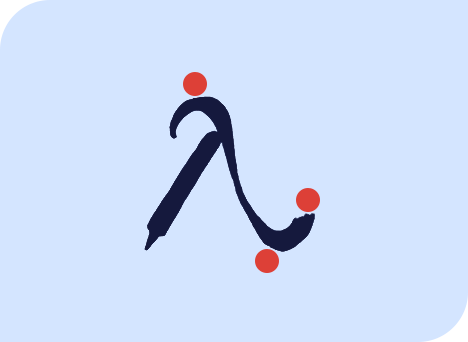
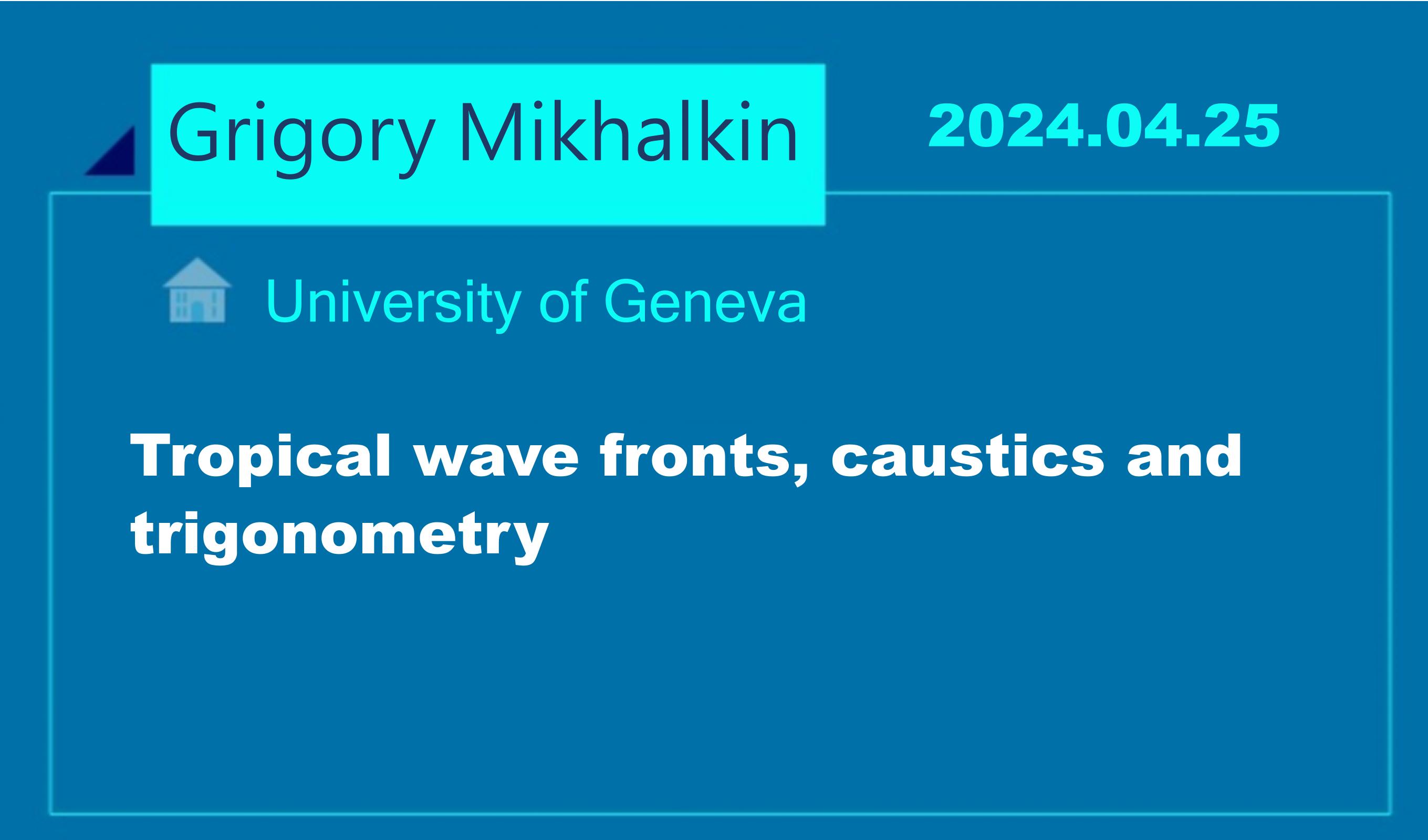





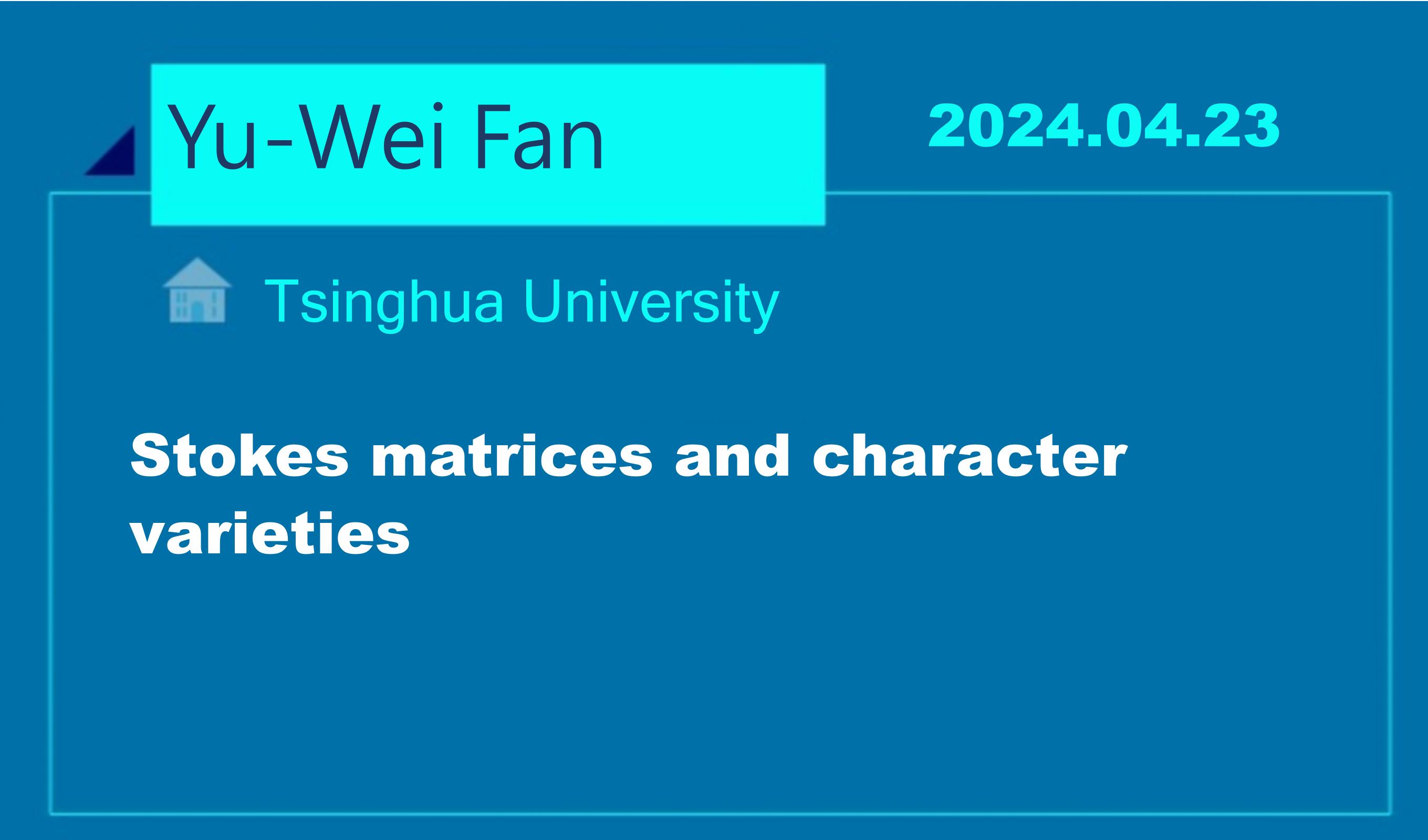












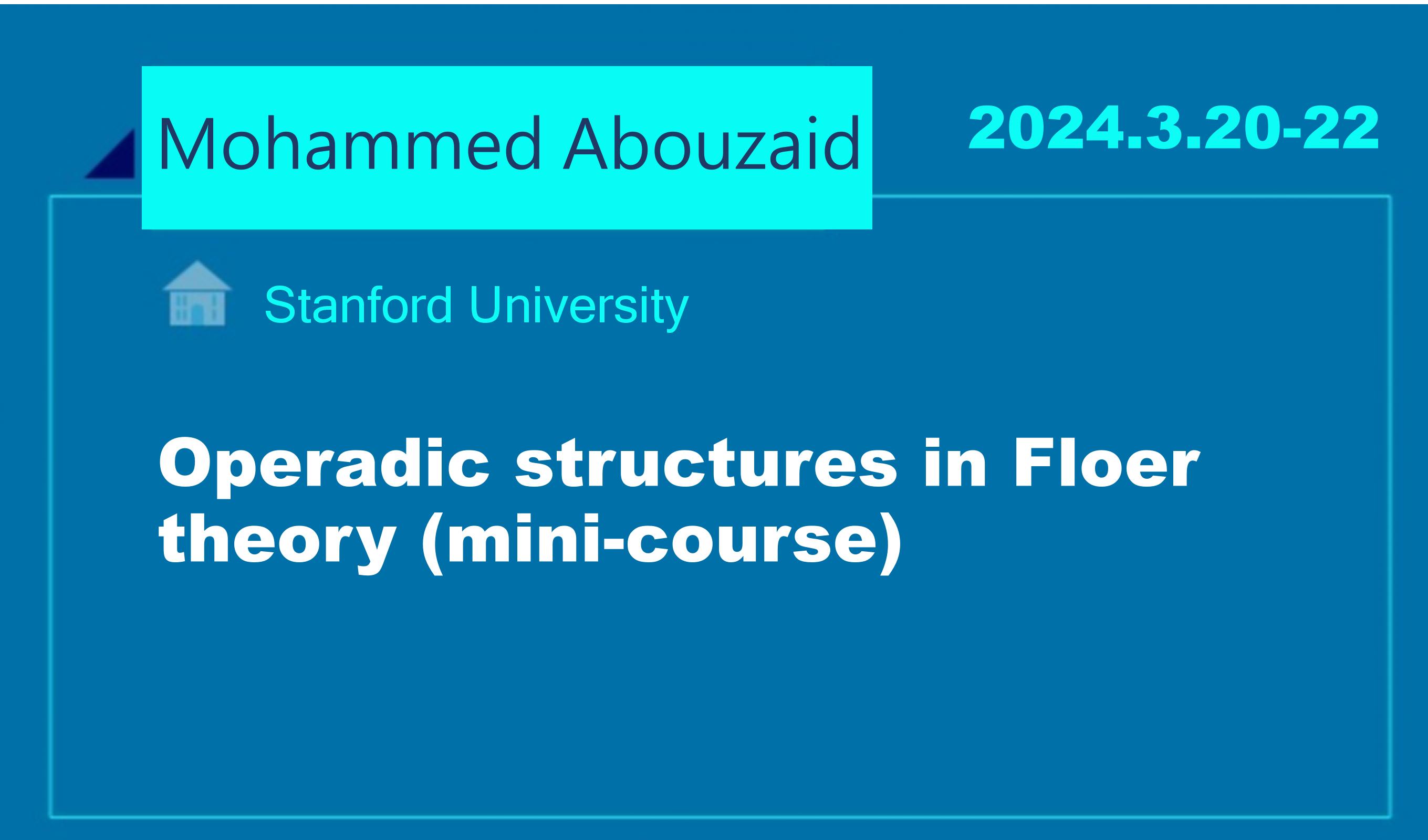




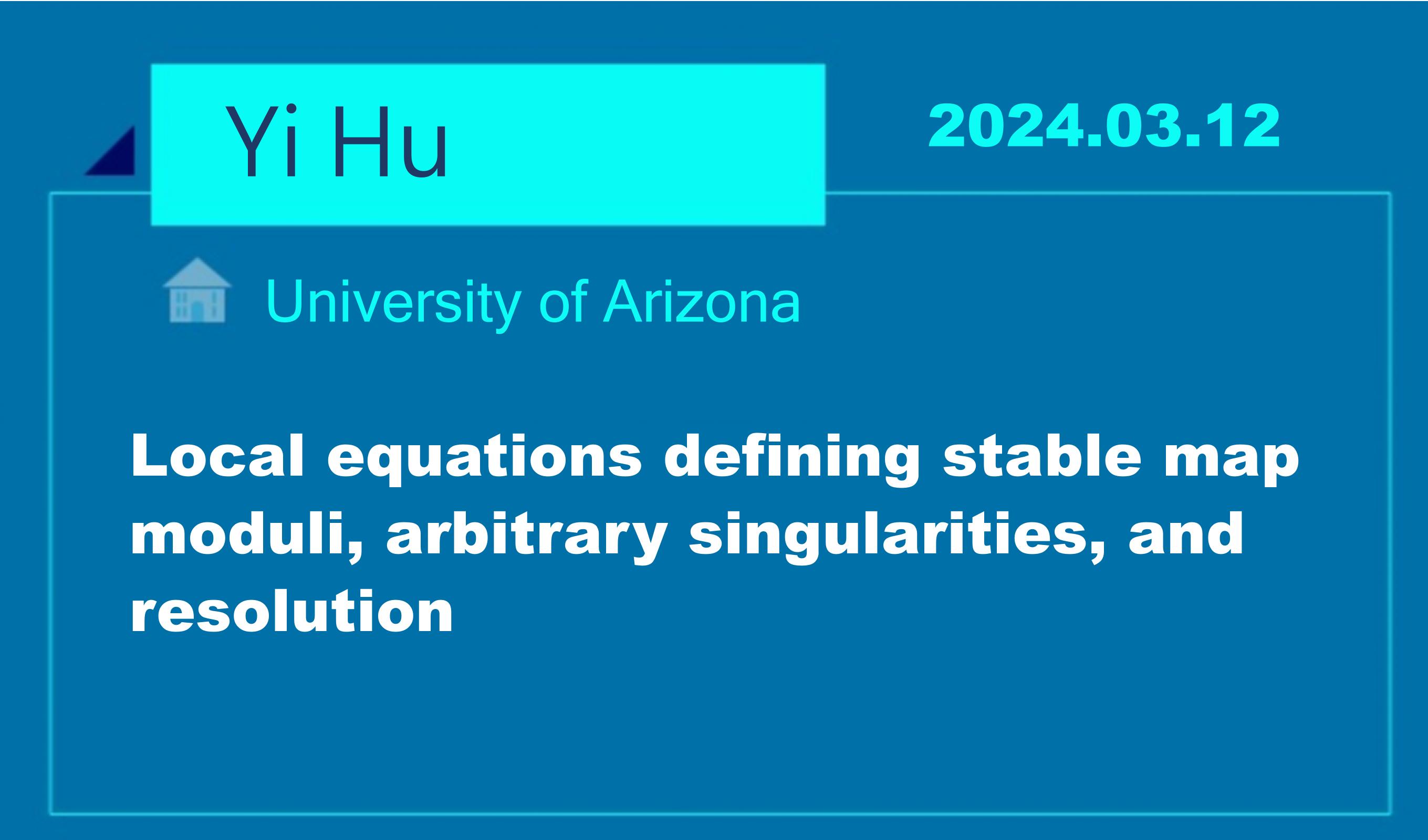













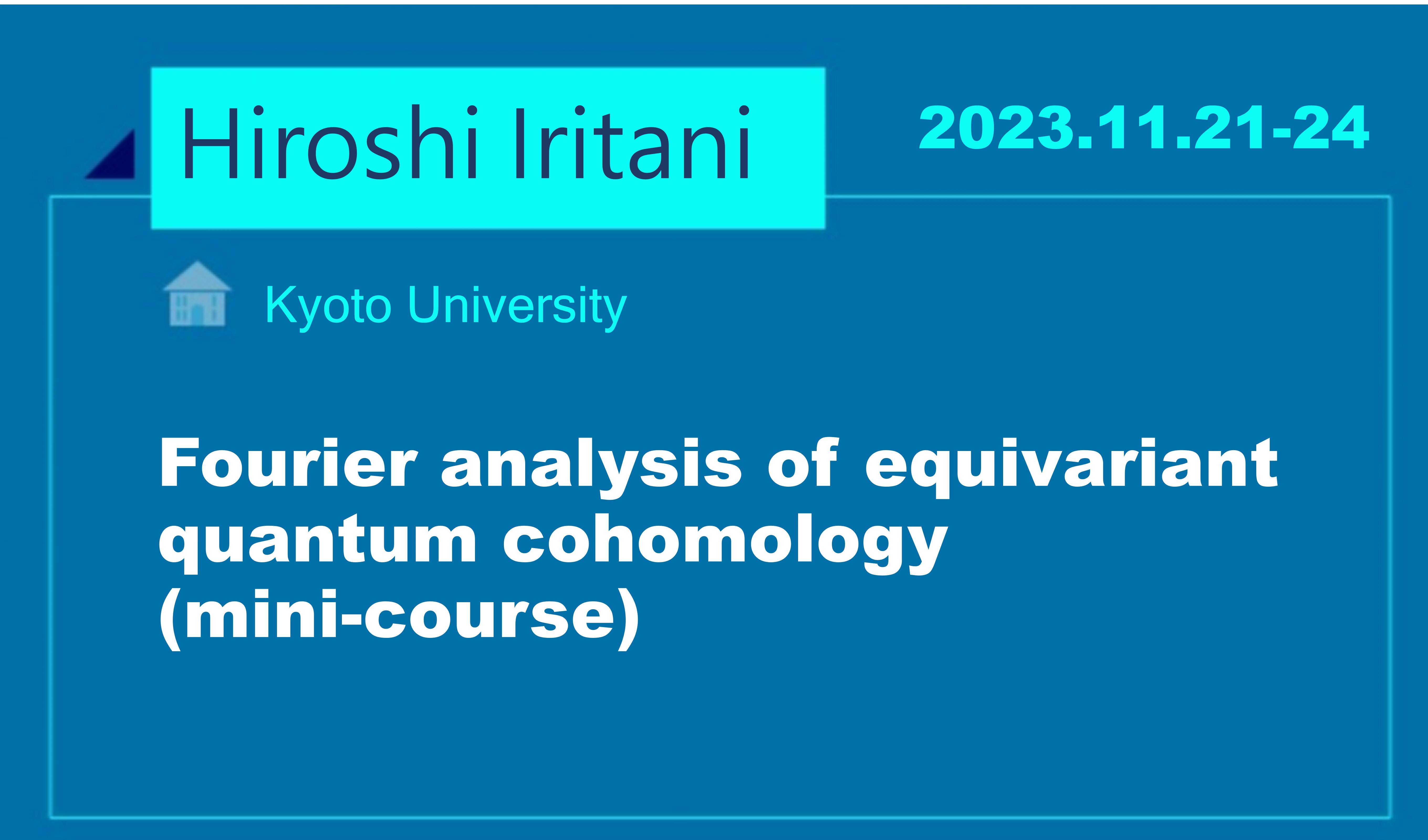





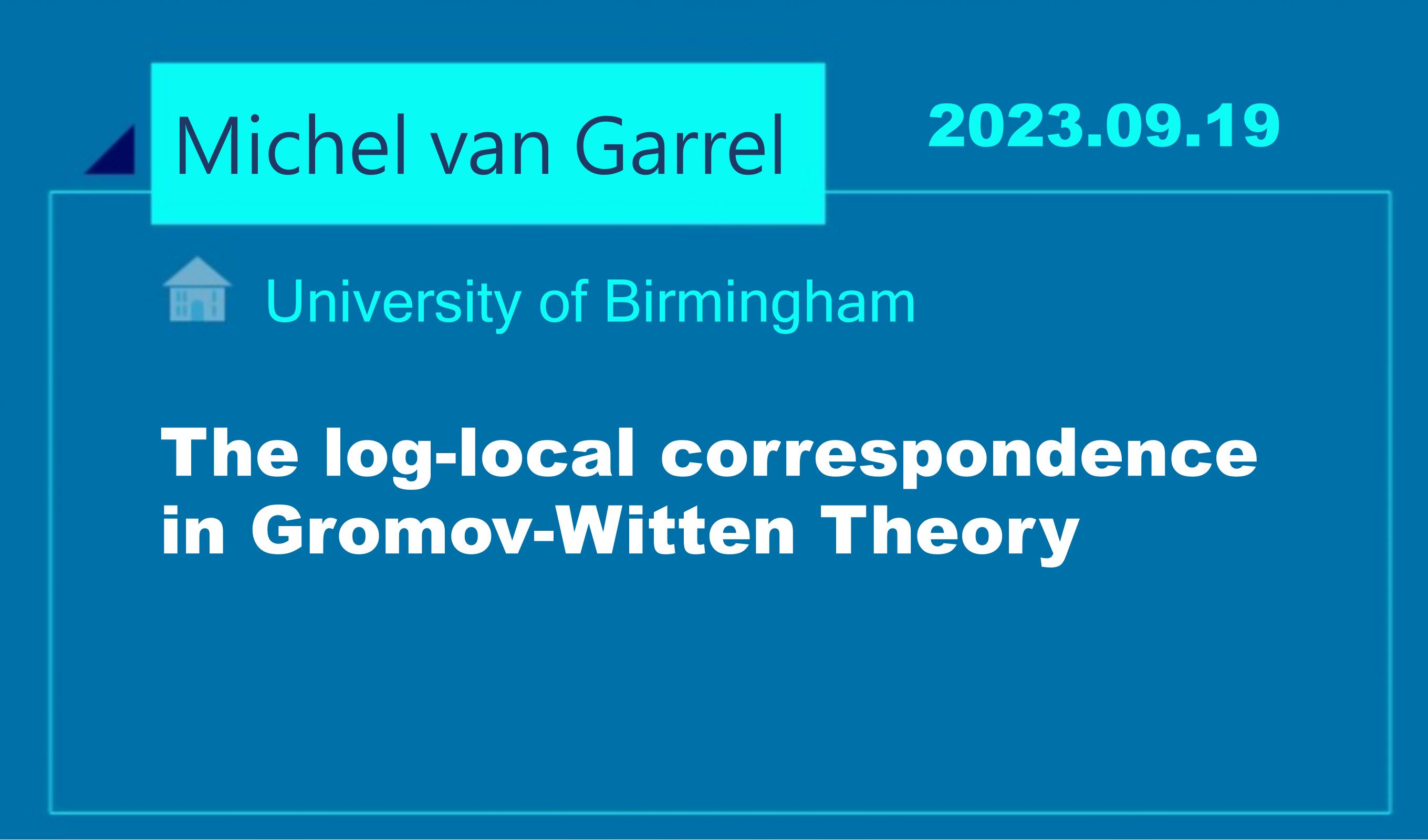




























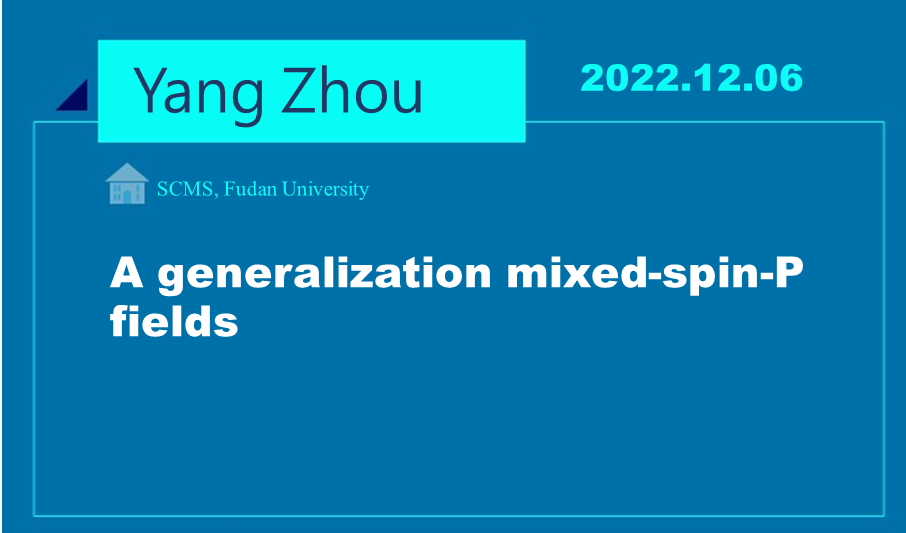













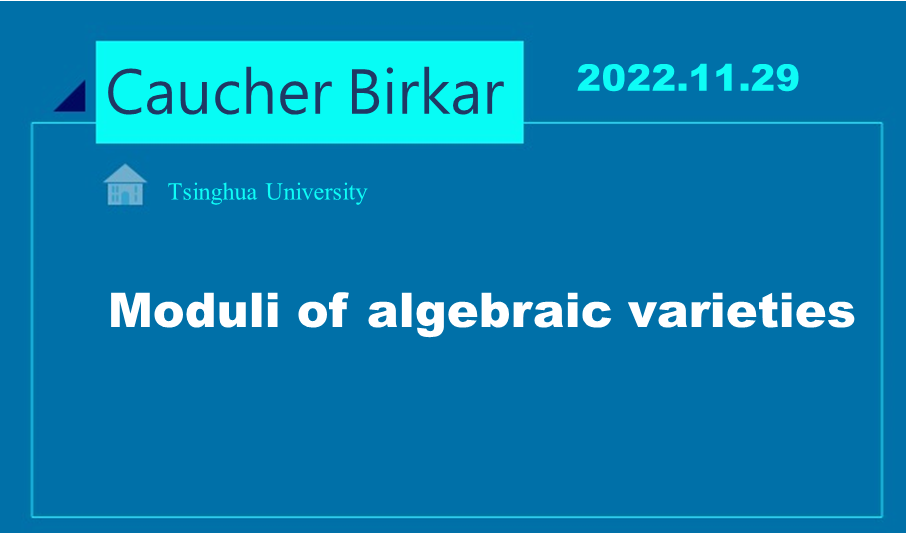



























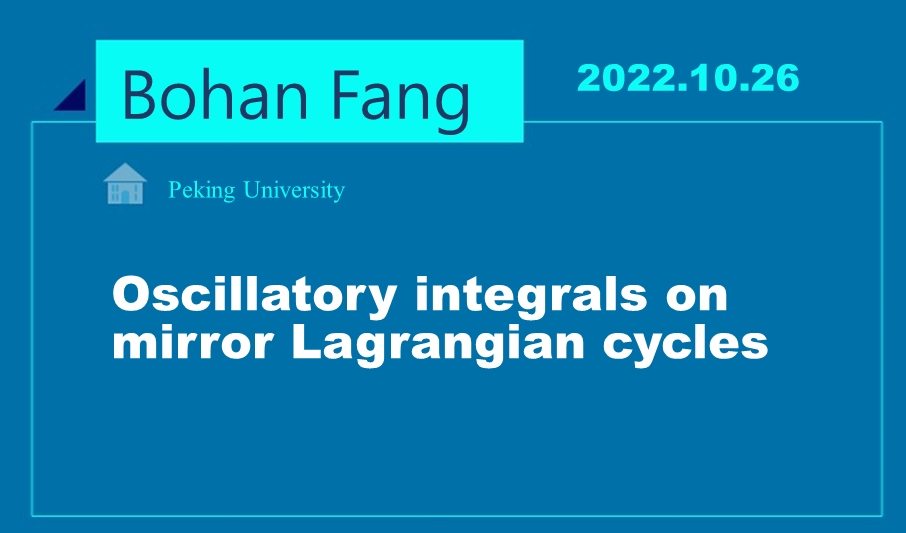














• Jiping Zhang
• Qin Li
• Ziming Ma
• Longting Wu

